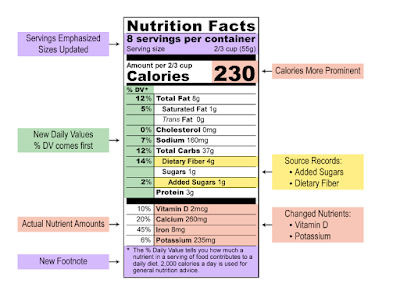The Buzz Is Here!

Registration for the 2nd Challenge of the 2018 Wellness: Your Way Incentive Program opens on today! Register in the Wellness Portal and earn 60 points towards Lean.
The LiveWell program supports the State of Vermont employee and retiree population through partnerships with health and wellness resources both within and outside of state government. Our programing includes (but is not limited to): onsite biometric screenings, flu clinics, onsite and online classes/workshops, wellness incentive program, staff retreat presentations, onsite relaxation and stretch breaks, and more!




